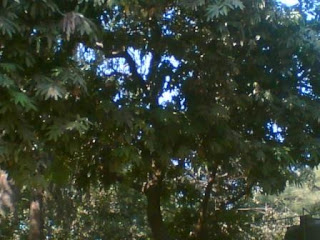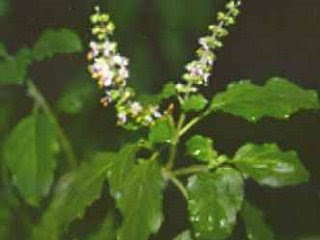
CINNAMOMUM VERUM(DALCHINI)
Kingdom: Plantae
Division: Magnoliophyta
Class: Magnoliopsida
Order: Laurales
Family: Lauraceae
Genus: Cinnamomum
Species: C. zeylanicum
LOCAL NAME:-DALCHINI,
LAVANGPATI,
DARUSHILA
NATURE
:-It is a evergreen tree.
LEAVES
:-Leaves are large, elliptical, thick leathery and pointed at the tip. leaves are lighter in colored beneath
FLOWERS:Fowers are minute in large hairy clusters.
FRUITS:-Fruits are elliptical and about 1.8 cm long with dark purple.
LOCATION:-Mostly occurs in lower elevation even below 250m.
MEDICINAL USES
:-Its useful in vomiting. IT is commonly used as a coding
The oil obtained from the bark is called cinnamon. Bark oil. its used s a carminative. The oil obtained from the leaves is used as a flavorings agent and preservative for the sweets, soap etc. and local application on certain rheumatic pains.. other species CAMPHOR used in other way. and C.CAMPHORA, C.TAMALA IS USEFUL.









